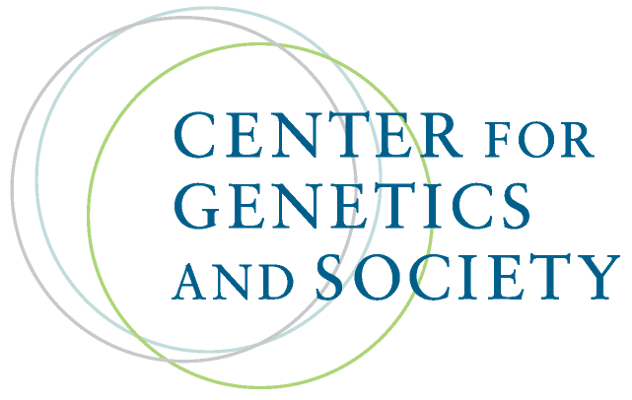Back to the Future: Cloning Human Stem Cells [VIDEO]
By Al Jazeera,
Al Jazeera
| 05. 17. 2013
In a major step forward in science, biologists have finally managed to create human stem cells through cloning. Some say it advances the search for medical treatments, others call for new laws to prevent cloning for ethical reasons.
The first attempt at cloning took place over fifteen years ago. In 1996, Dolly the sheep was the first animal to be cloned by scientists in Scotland.
Since then, the process has been carried out on dogs, mice and other animal species. Now, scientists in the US have used similar techniques, which created Dolly, to produce embryos in order to clone human stem cells.
"The technique isn’t new – the results are," reports Al Jazeera's Alan Fisher.
"Microscopic genetic material was taken from an adult cell. It was then inserted into an egg whose own DNA had been removed. This creates human embryonic stem cells, which are capable of becoming any of the more than 200 types of cells that make up a person. That’s important because those cells could be used to treat devastating conditions such as multiple sclerosis, spinal cord...
Related Articles
By Grace Won, KQED [with CGS' Katie Hasson] | 12.02.2025
In the U.S., it’s illegal to edit genes in human embryos with the intention of creating a genetically engineered baby. But according to the Wall Street Journal, Bay Area startups are focused on just that. It wouldn’t be the first...
Several recent Biopolitical Times posts (1, 2, 3, 4) have called attention to the alarmingly rapid commercialization of “designer baby” technologies: polygenic embryo screening (especially its use to purportedly screen for traits like intelligence), in vitro gametogenesis (lab-made eggs and sperm), and heritable genome editing (also termed embryo editing or reproductive gene editing). Those three, together with artificial wombs, have been dubbed the “Gattaca stack” by Brian Armstrong, CEO of the cryptocurrency company...
Alice Wong, founder of the Disability Visibility Project, MacArthur Genius, liberationist, storyteller, writer, and friend of CGS, died on November 14. Alice shone a bright light on pervasive ableism in our society. She articulated how people with disabilities are limited not by an inability to do things but by systemic segregation and discrimination, the de-prioritization of accessibility, and the devaluation of their lives.
We at CGS learned so much from Alice about disability justice, which goes beyond rights...
By Adam Feuerstein, Stat | 11.20.2025
The Food and Drug Administration was more than likely correct to reject Biohaven Pharmaceuticals’ treatment for spinocerebellar ataxia, a rare and debilitating neurodegenerative disease. At the very least, the decision announced Tuesday night was not a surprise to anyone paying attention. Approval...



